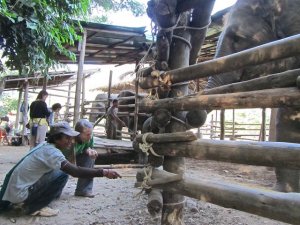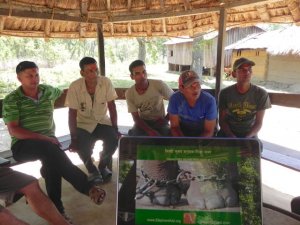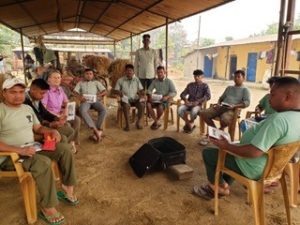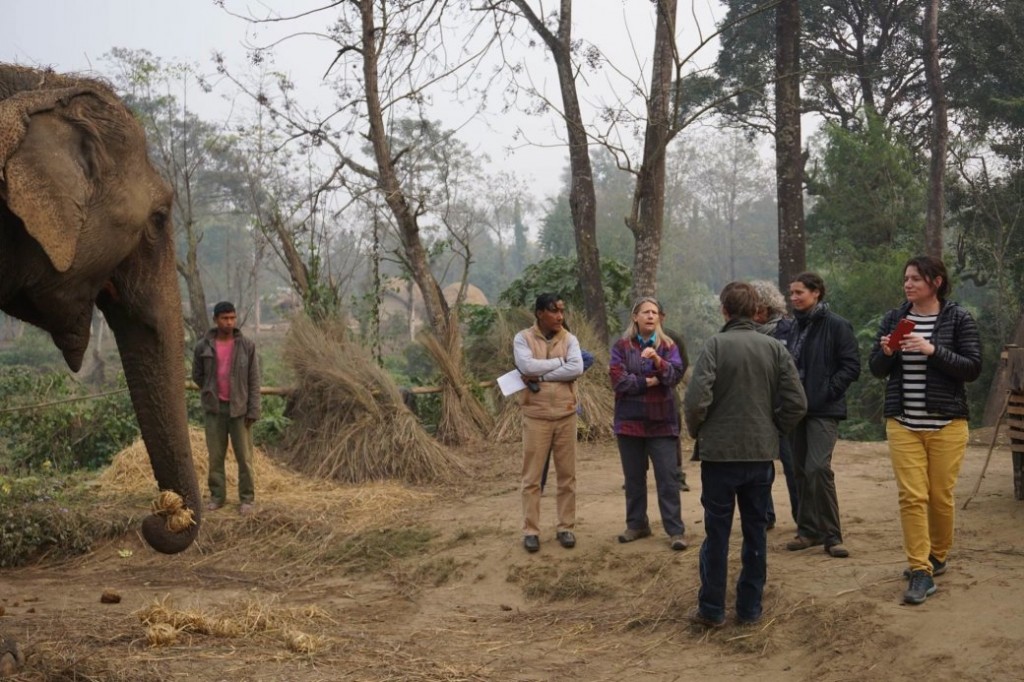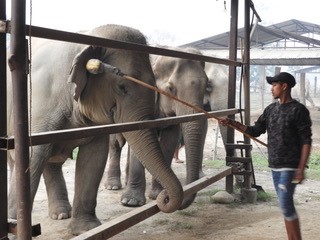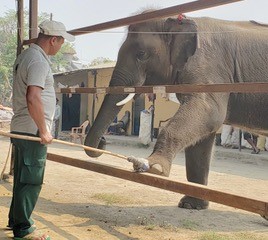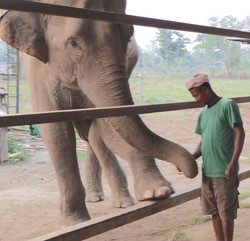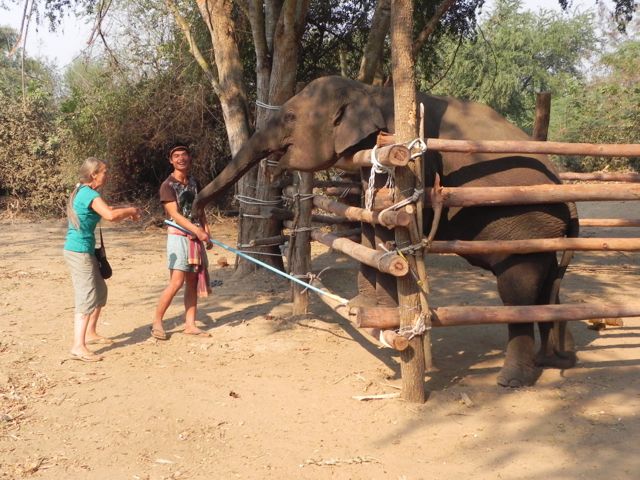
What
EAI educates mahouts and elephant care facilities in Asia in the use of Compassionate Elephant Care.
The education includes Positive Reinforcement Target Training (PRTT).
EAI can provide a one-time consultation, offering information and/or instruction, or work with a facility on an ongoing basis. EAI is monitoring its ongoing education programs in Thailand and Nepal to document the success of the technique.
EAI will also develop permanently located satellite education centers, the goal being self-sustaining centers staffed by graduates of its program.
EAI will also develop permanently located satellite education centers, the goal being self-sustaining centers staffed by graduates of its program.
In Nepal, EAI works directly with private elephant owners and the country’s government to provide Compassionate Elephant Care (CEC) training for mahouts, elephants and facility managers.
CEC, which is based on Positive Reinforcement Target Training, is a new concept in Nepal. Traditional dominance-based training uses pain and intimidation to gain elephant compliance. By contrast, CEC relies on positive reinforcement training and relationship building between mahout and elephant.
Changing culture takes time and commitment. To ensure that the mahouts continue to use positive reinforcement and improve their skills at it, EAI returns to Nepal on a regular basis to provide more advanced training, along with incentives such as t-shirts, and completion certificates at the end of the course.
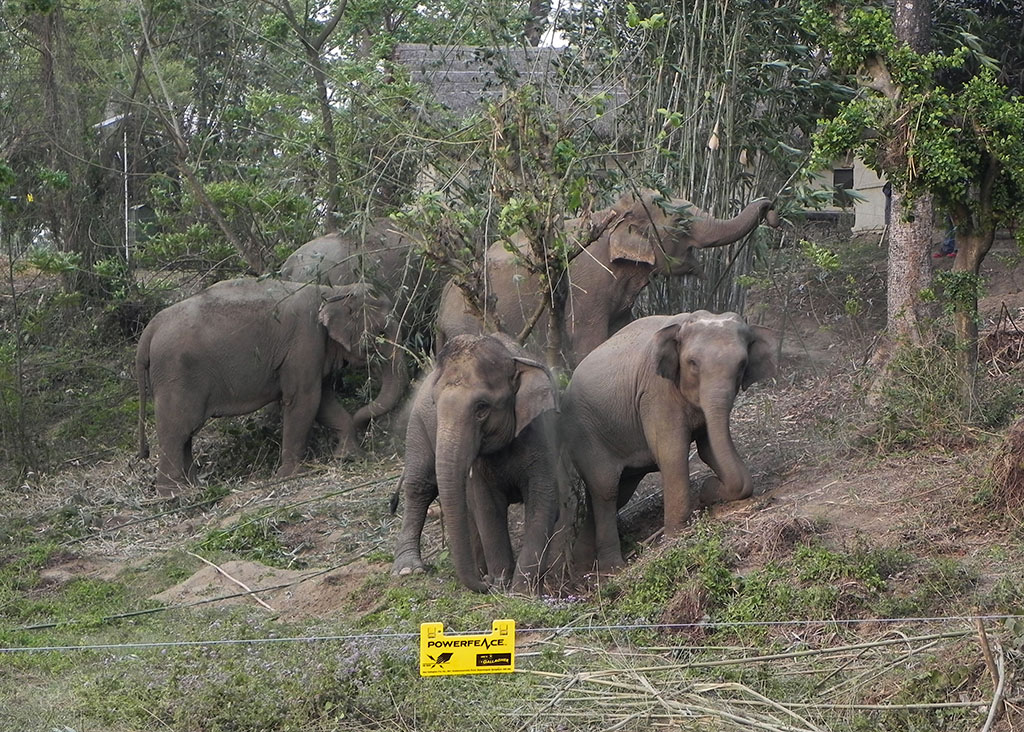
Tiger Tops Elephant Camp in western Nepal is an EAI success story. EAI was instrumental in assisting Tiger Tops in designing a chain-free facility and redesigning its elephant program. With EAI’s guidance, Tiger Tops built chain-free corrals encompassing 13 acres, released all 12 of its elephants from chains, stopped offering elephant rides and permanently discontinued elephant polo games. Tiger Tops’s chain-free facility has received international media coverage, heralding the beginning of elephant welfare improvement in Nepal.
Most recently, Direct Aid Nepal (DAN) invited EAI to teach Compassionate Elephant Care at its chain-free facility in Chitwan, Nepal. Inspired by chain-free corrals EAI constructed for Nepali government elephant facilities, DAN built its own chain-free facility and retired eight elephants from the ride industry.
In April 2021, EAI spent a month introducing DAN’s eight elephants and their sixteen mahouts to CEC. The results were remarkable! All the elephants and their mahouts excelled, as they quickly learned the new method. DAN management is aware the mahouts will need continued education to reinforce their new skills so we look forward to returning to give them additional training. As the mahouts strengthen their knowledge and gain confidence in their skills, old dominance-based management methods become a thing of the past.
